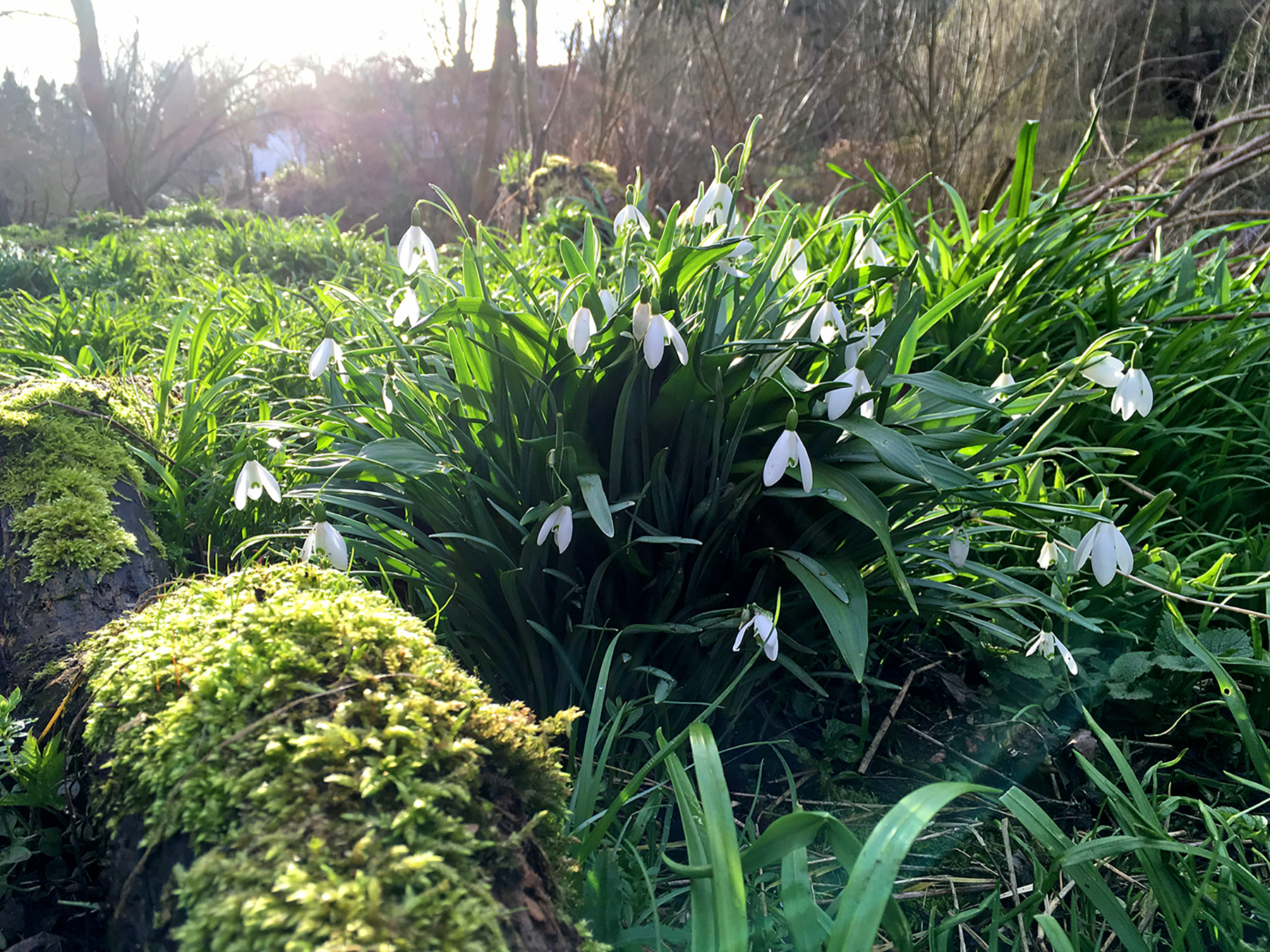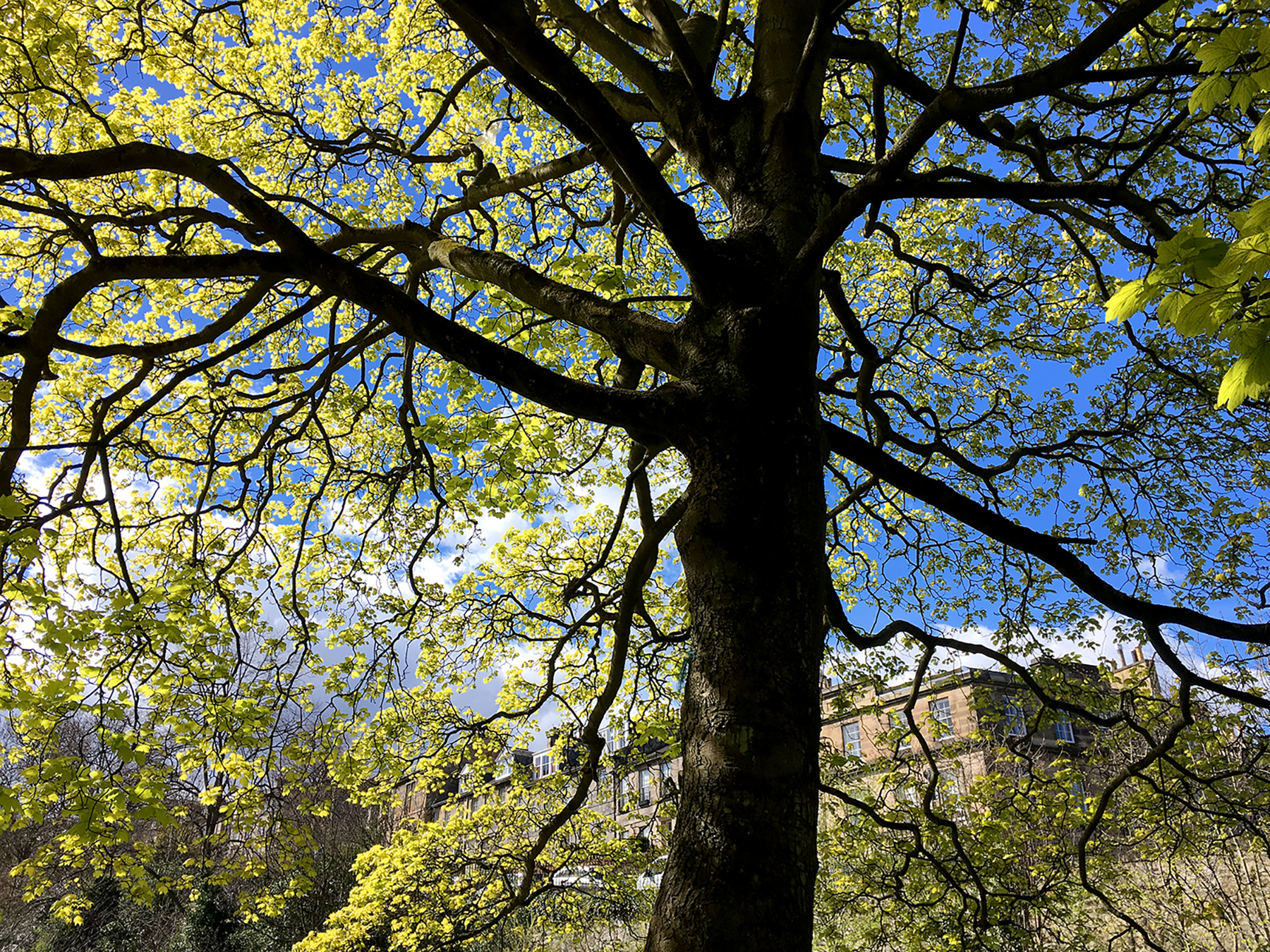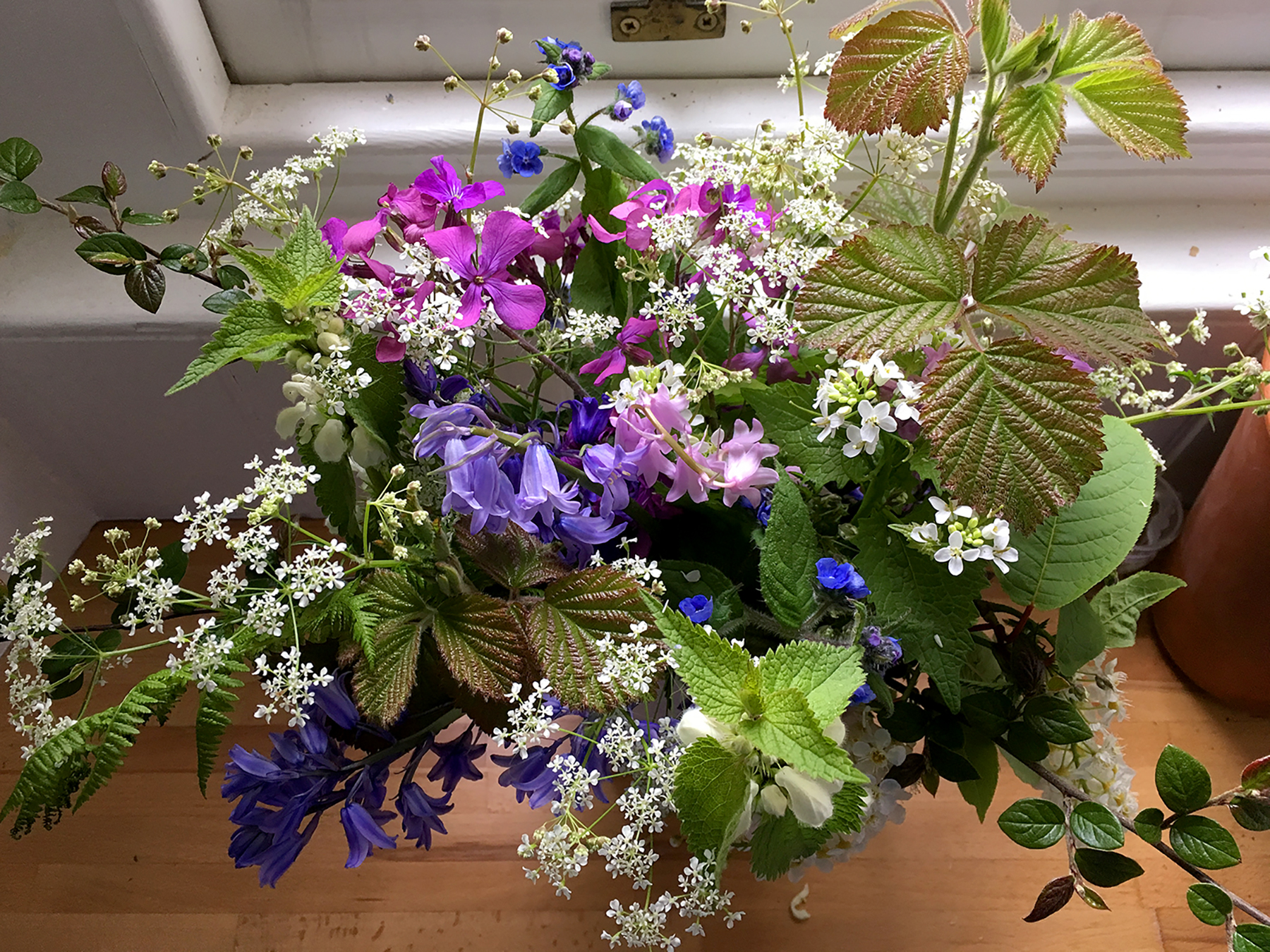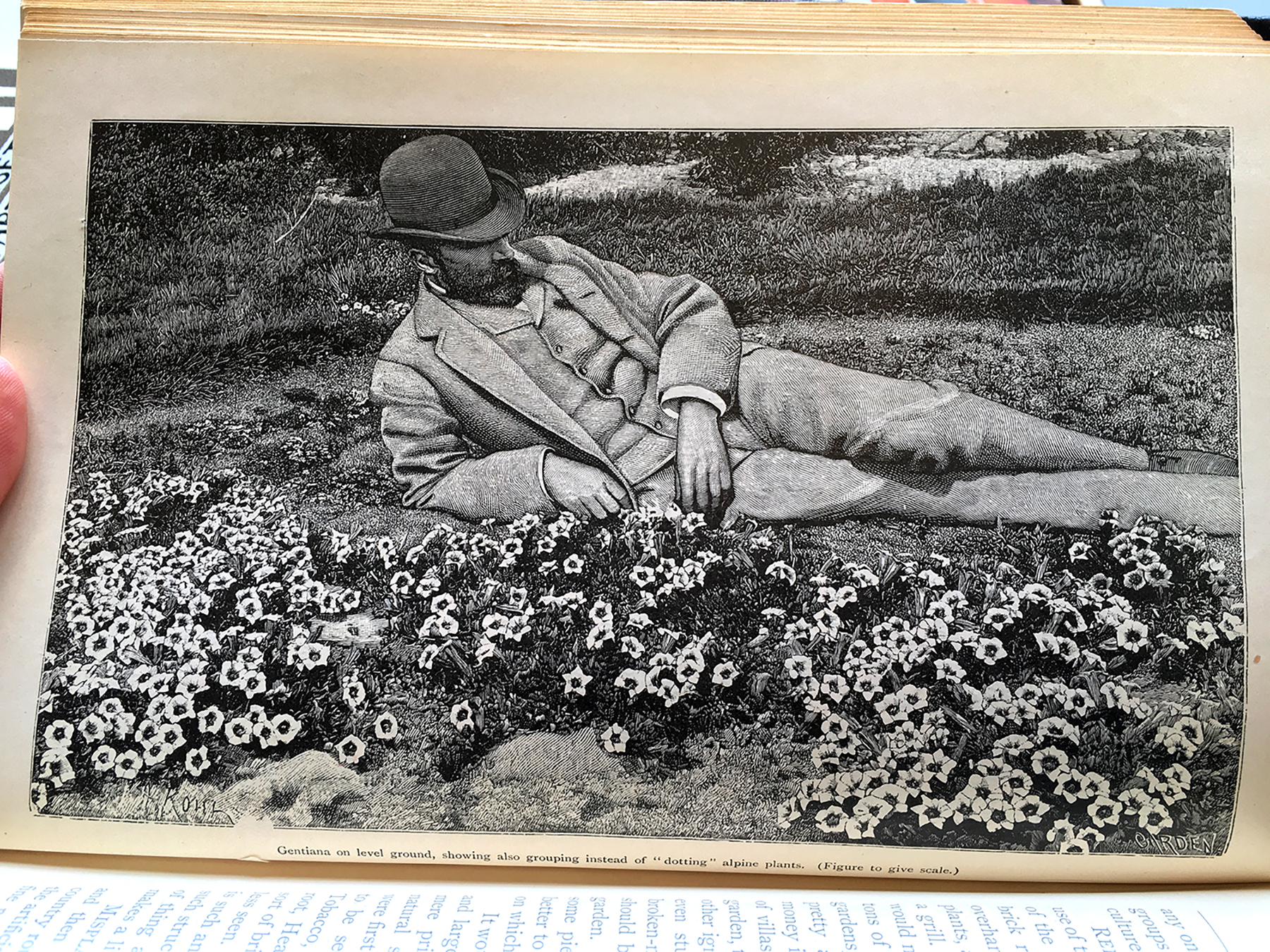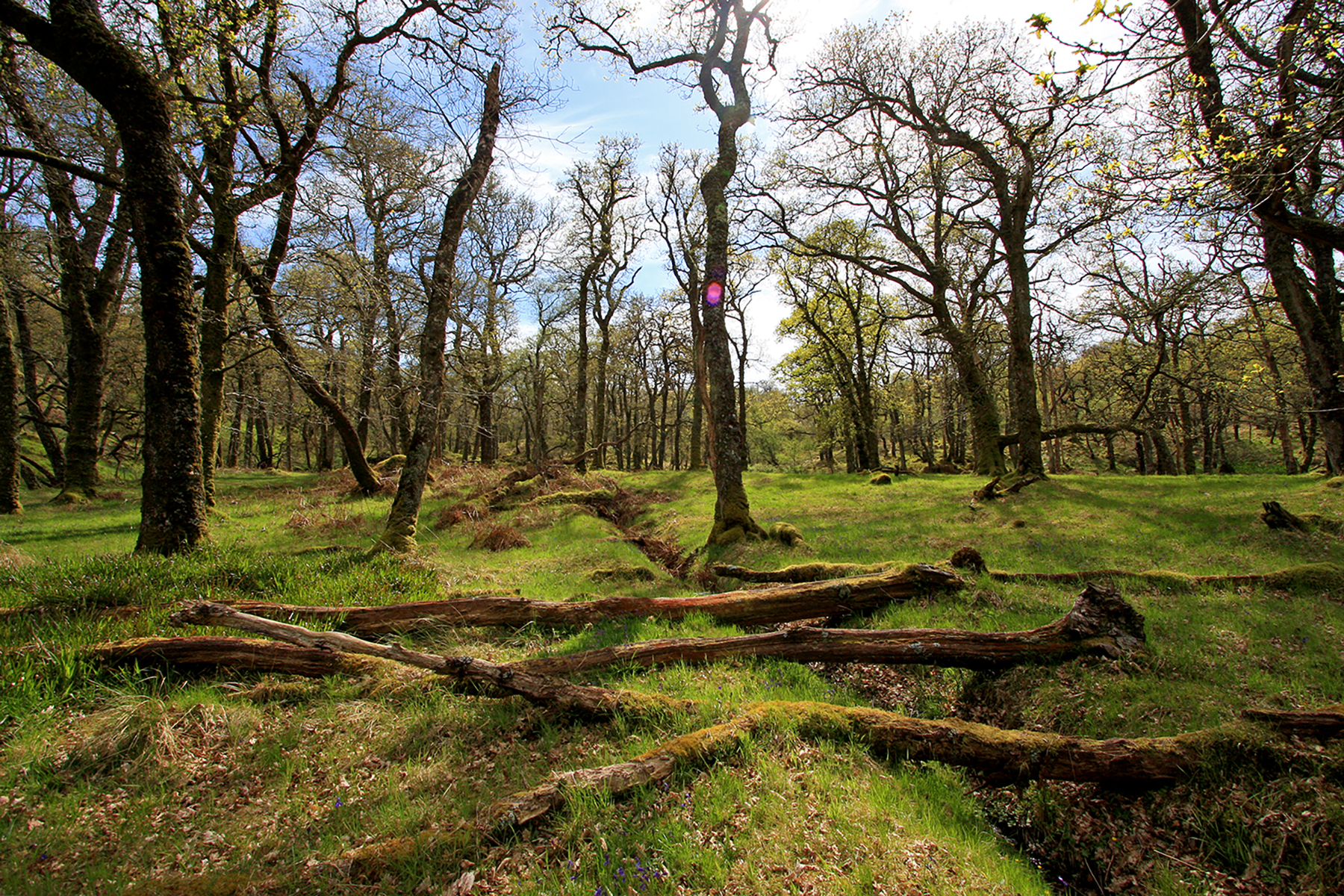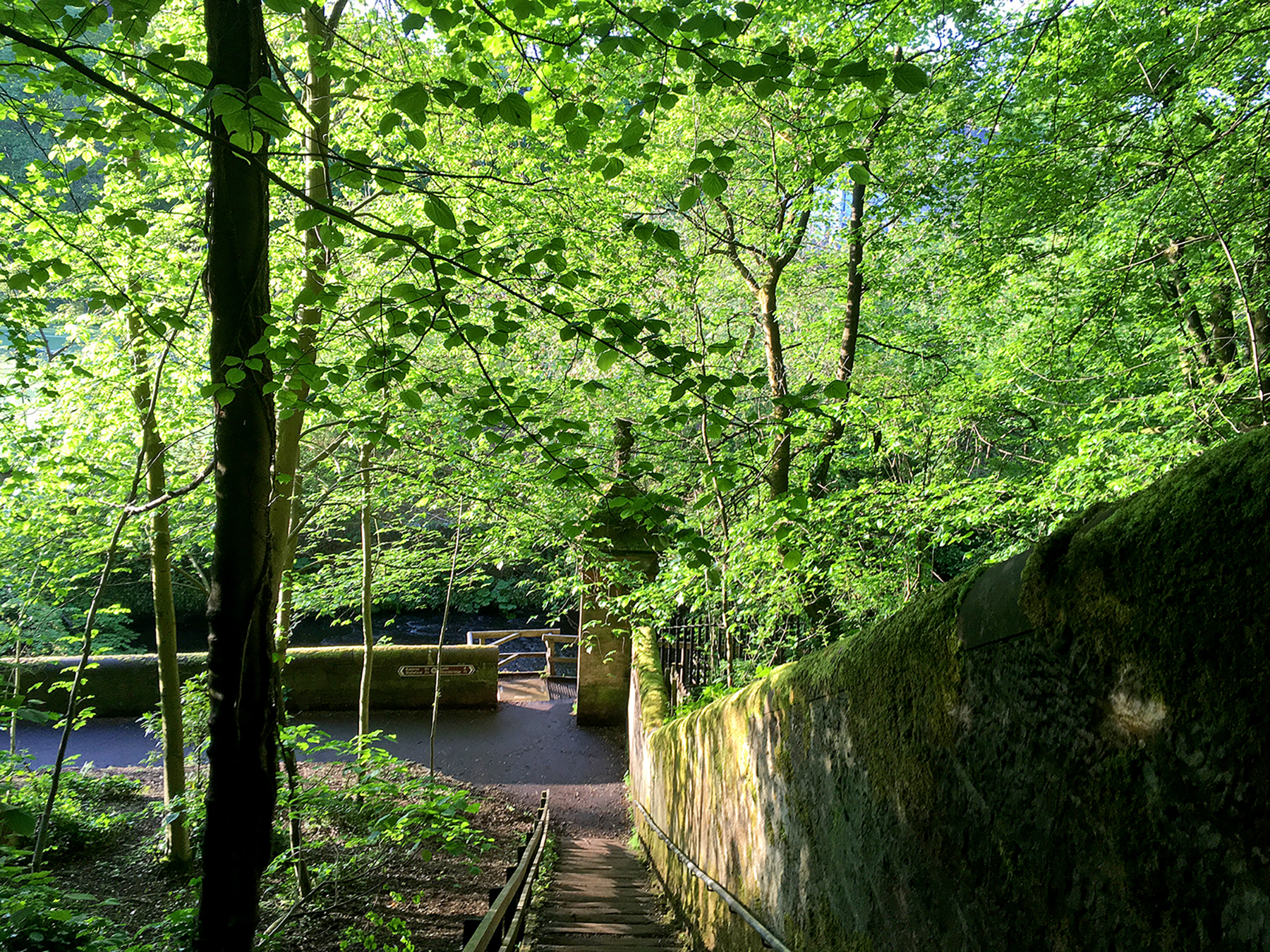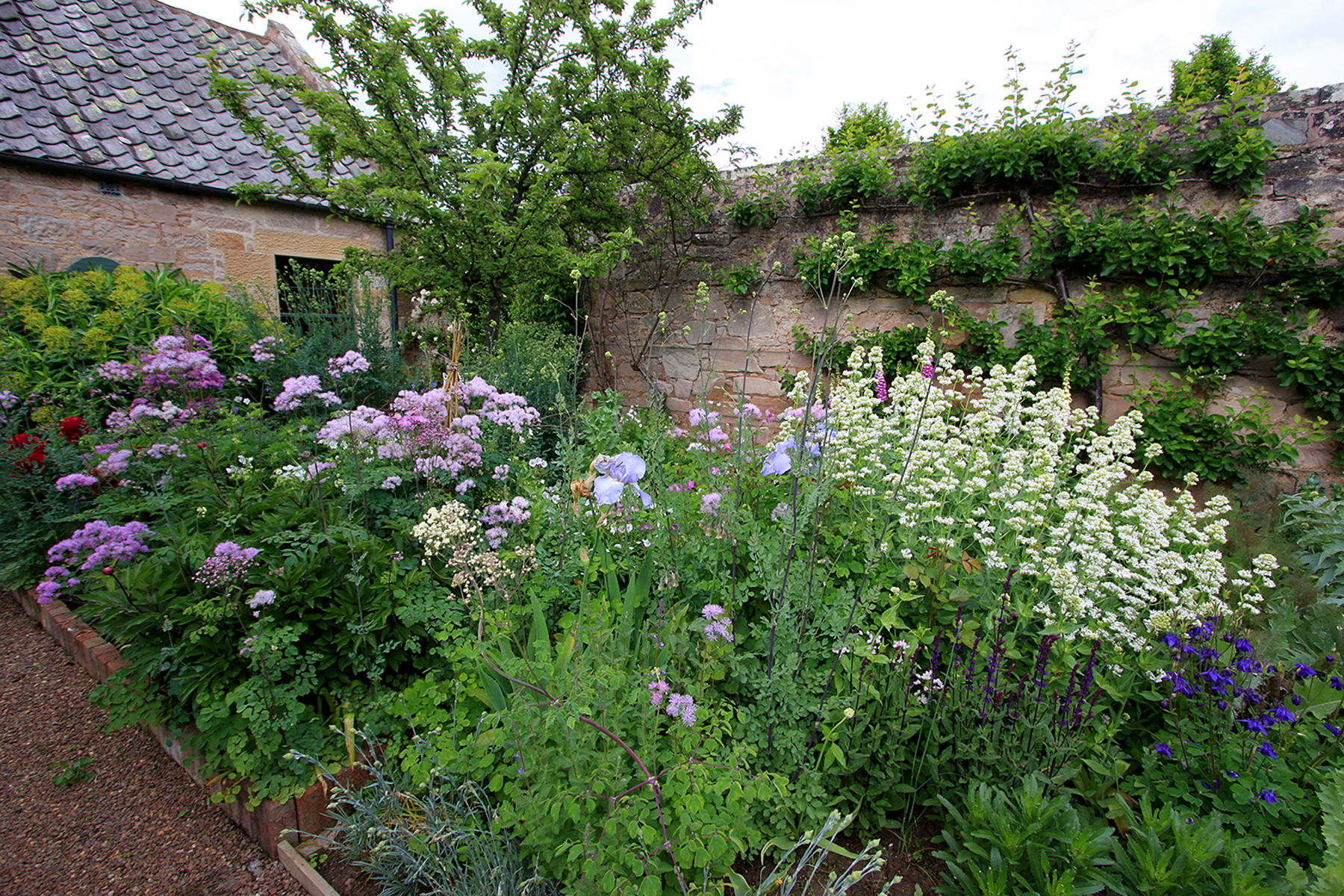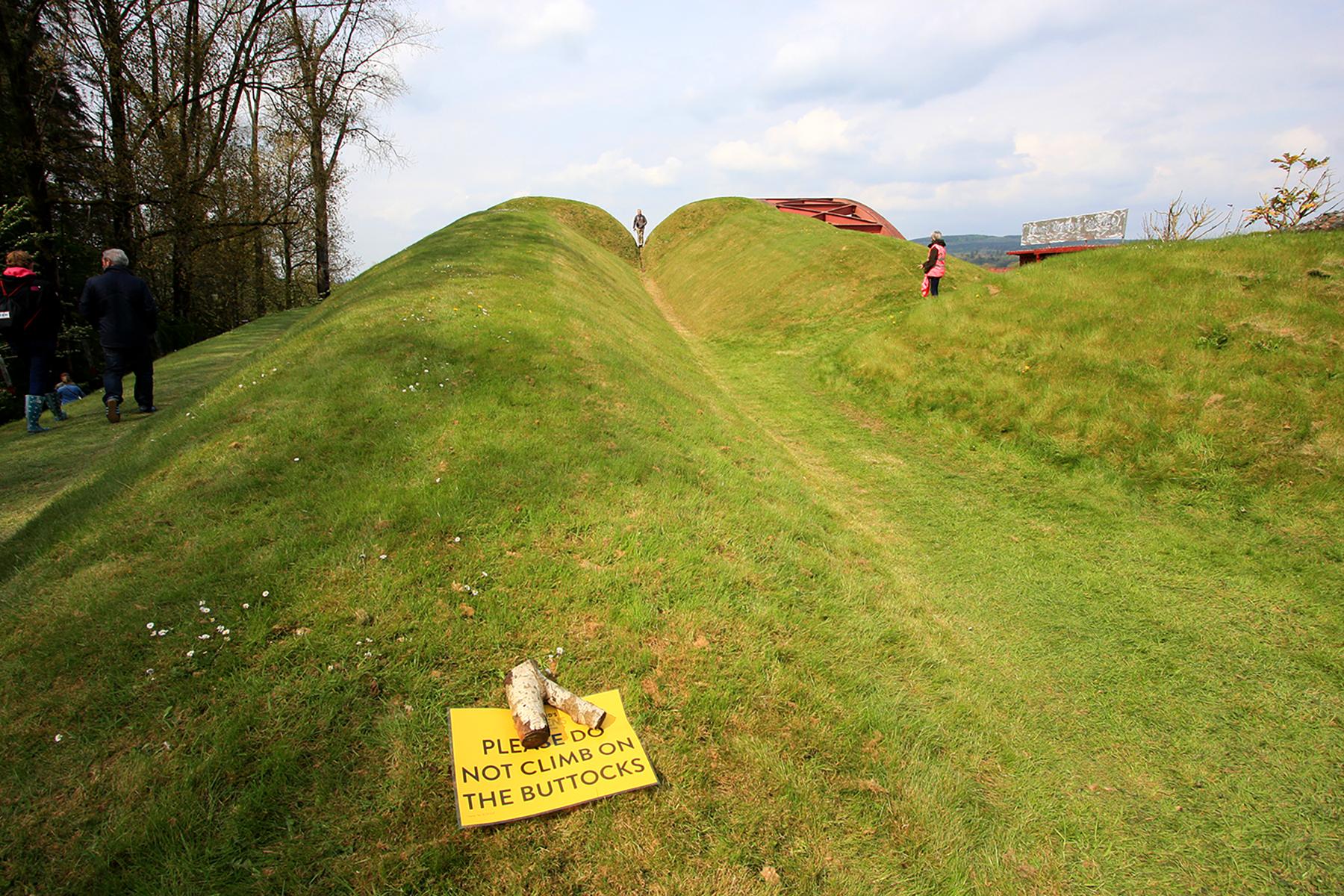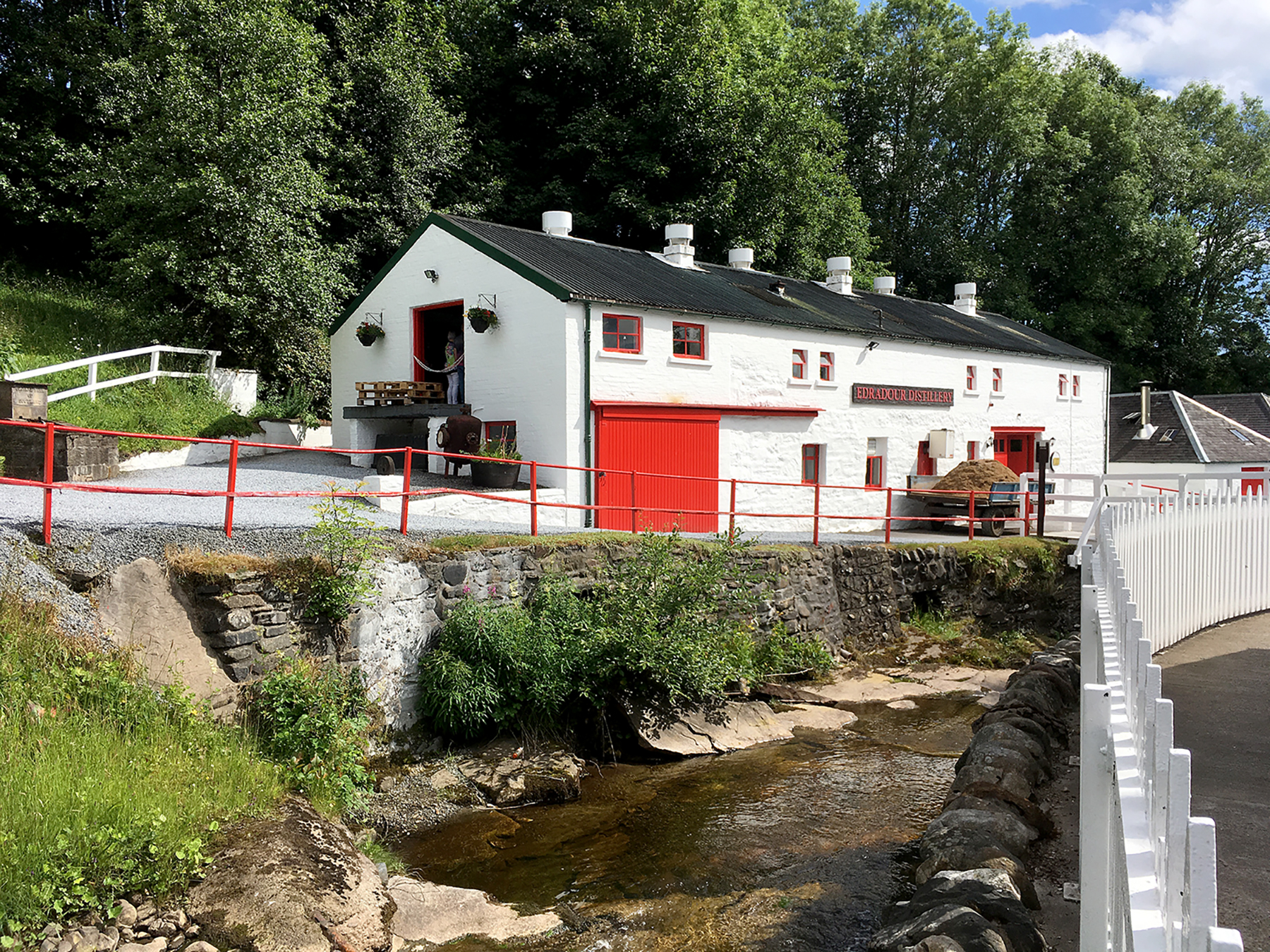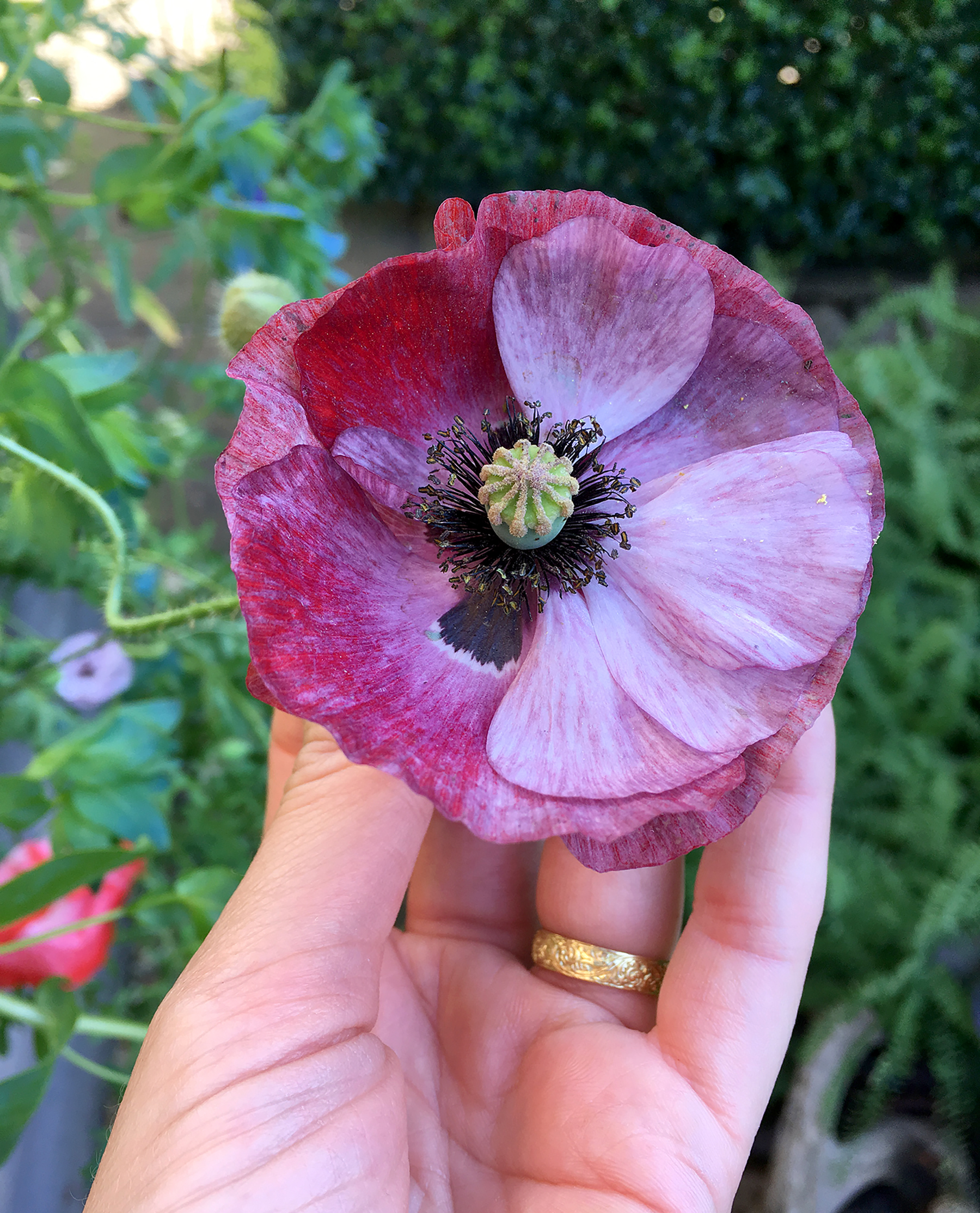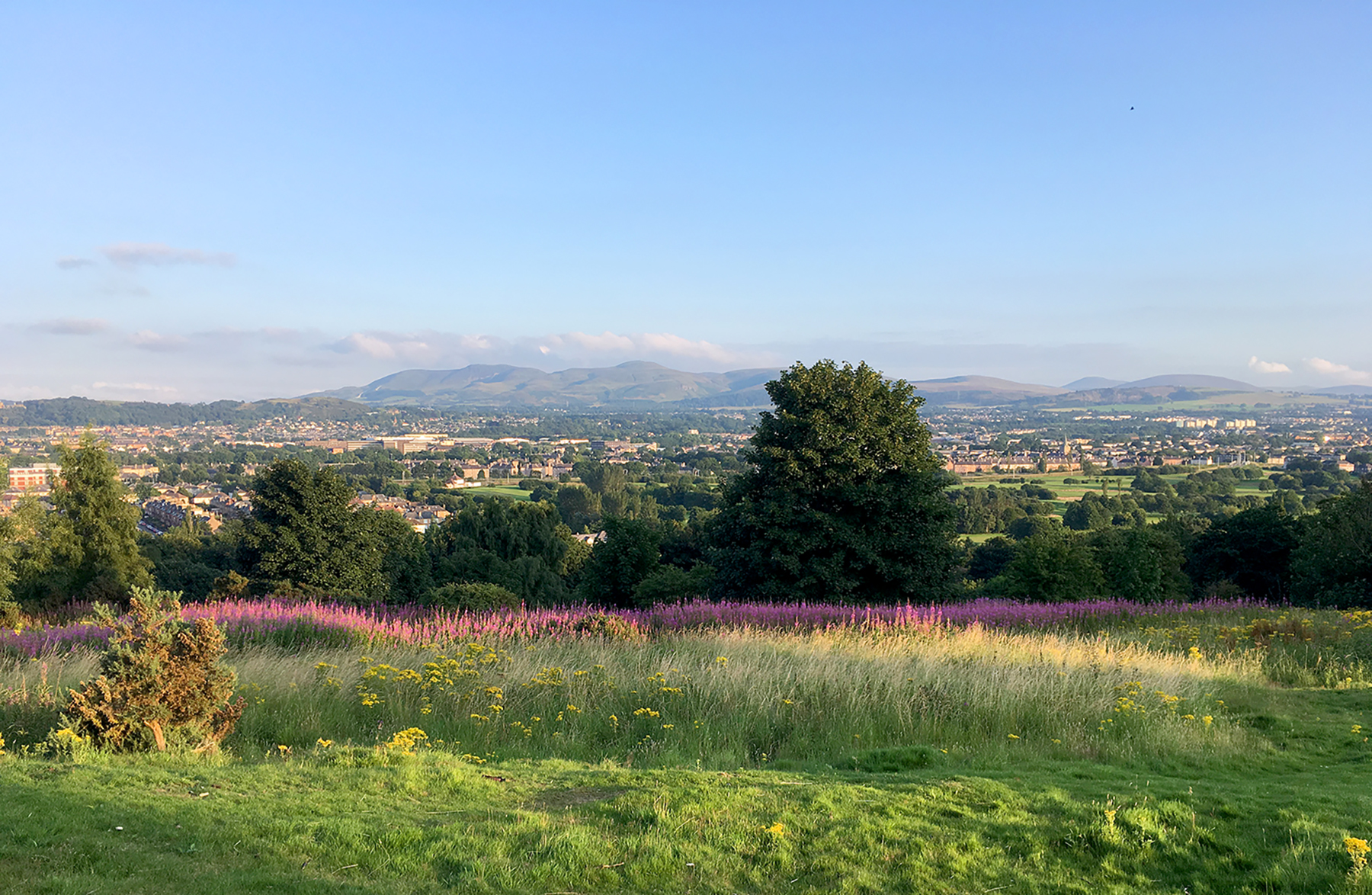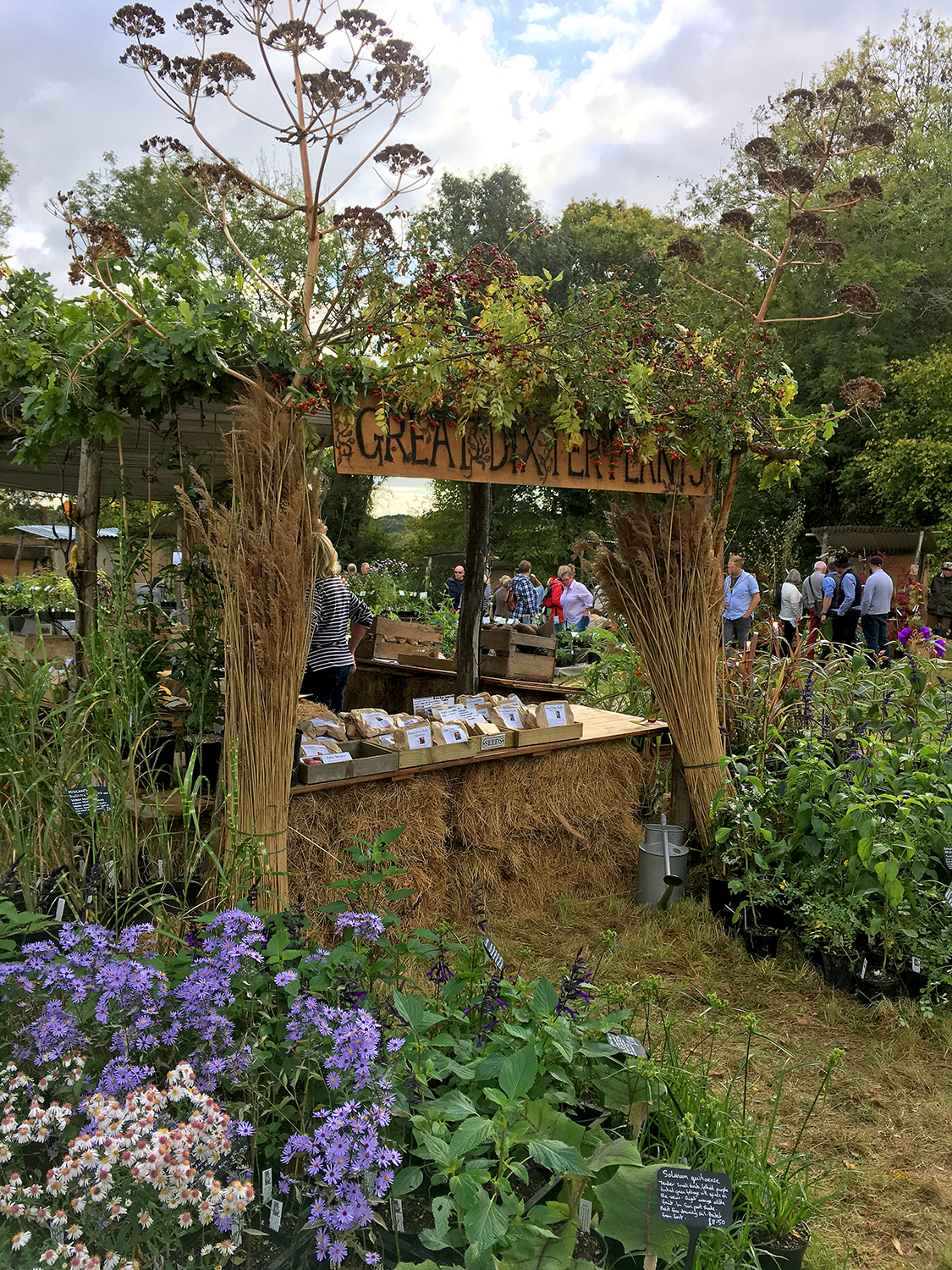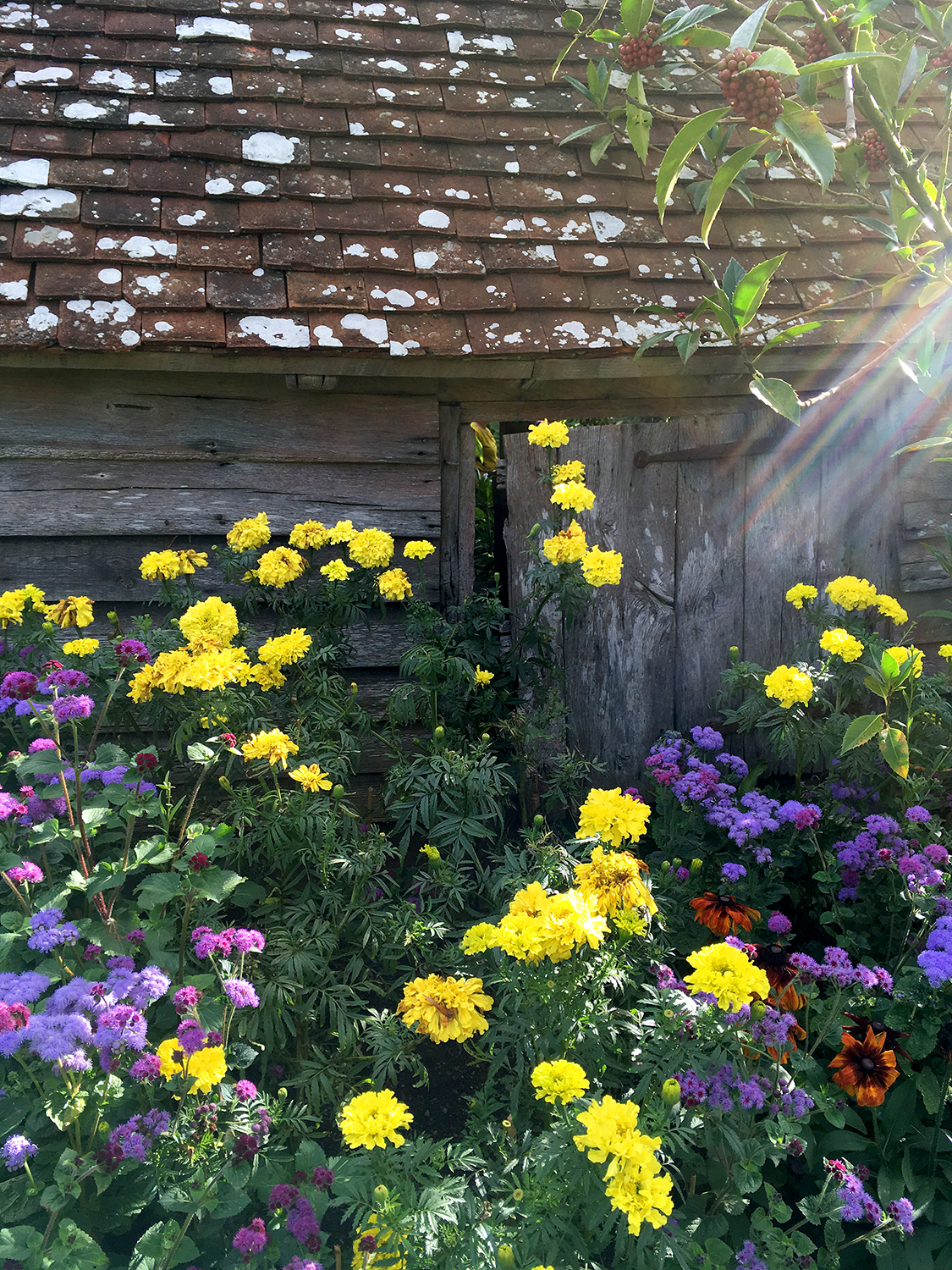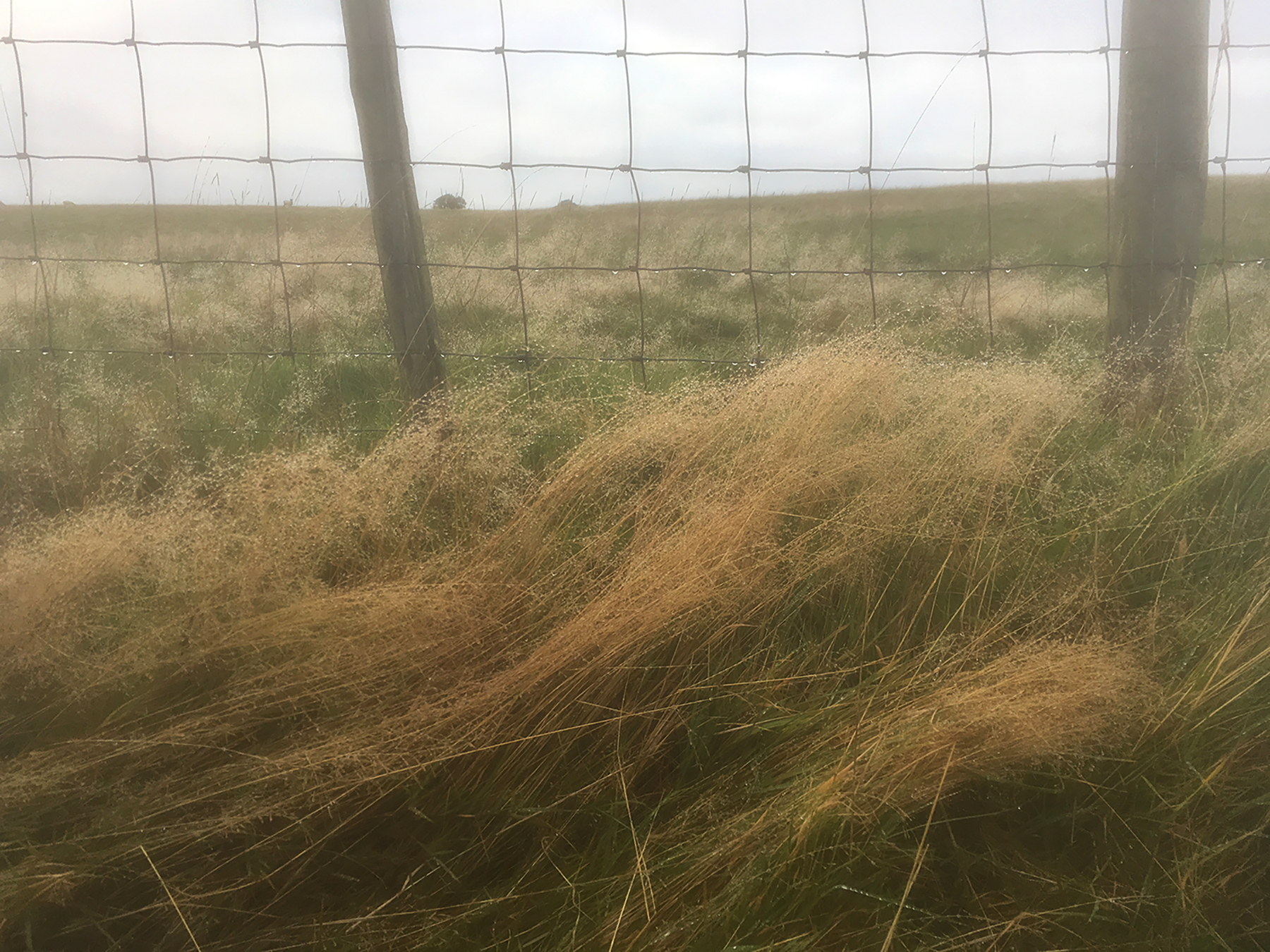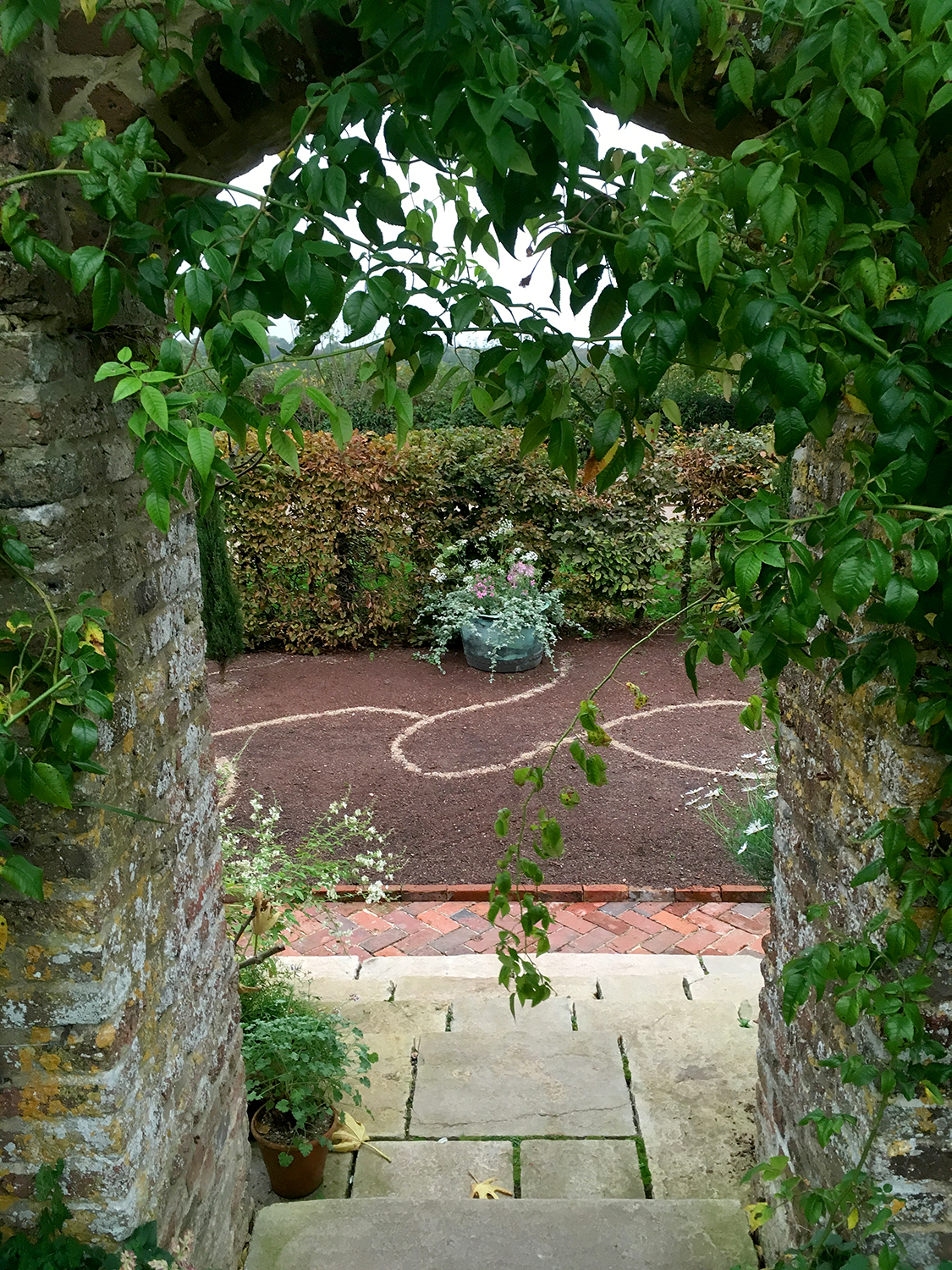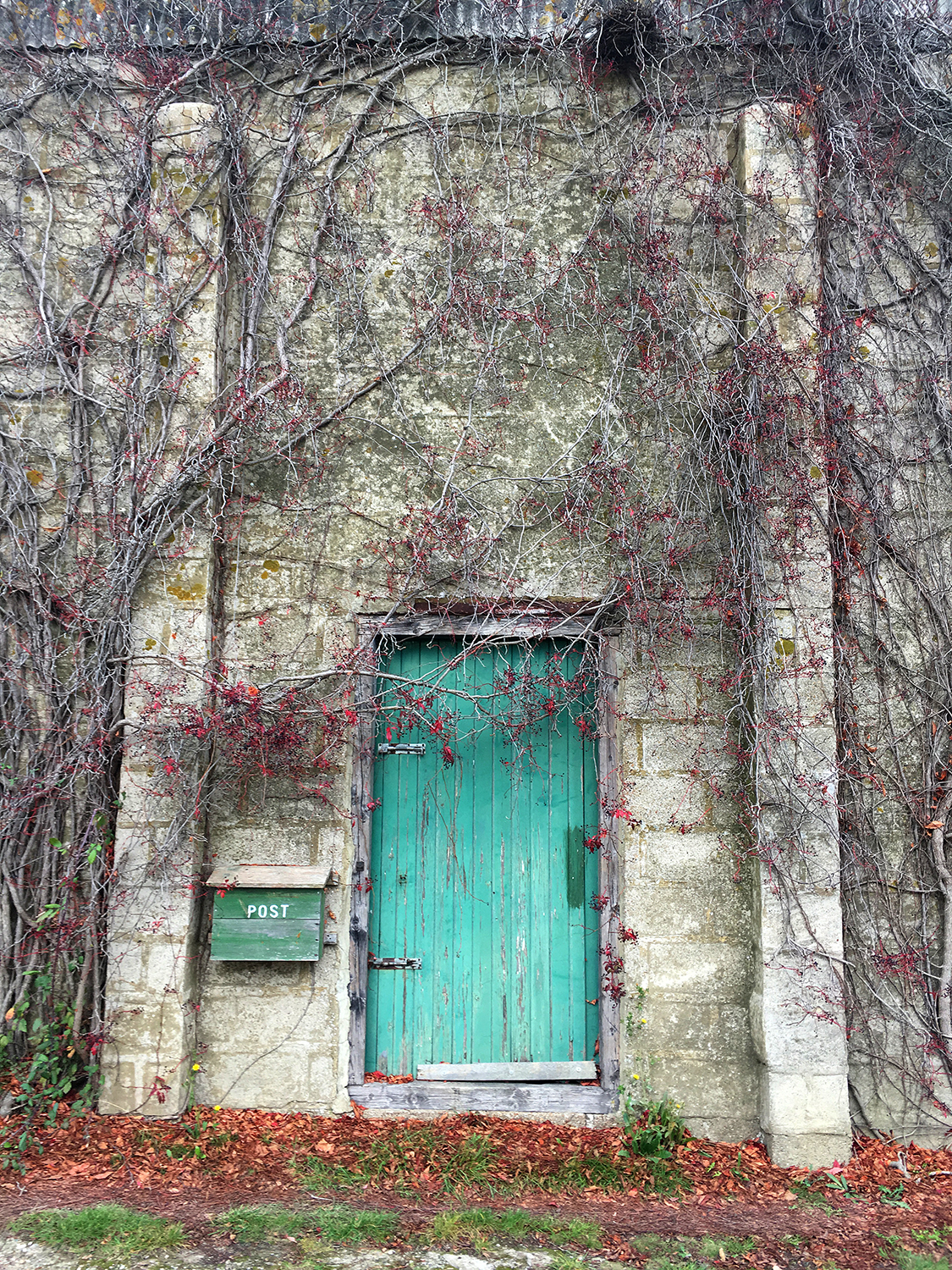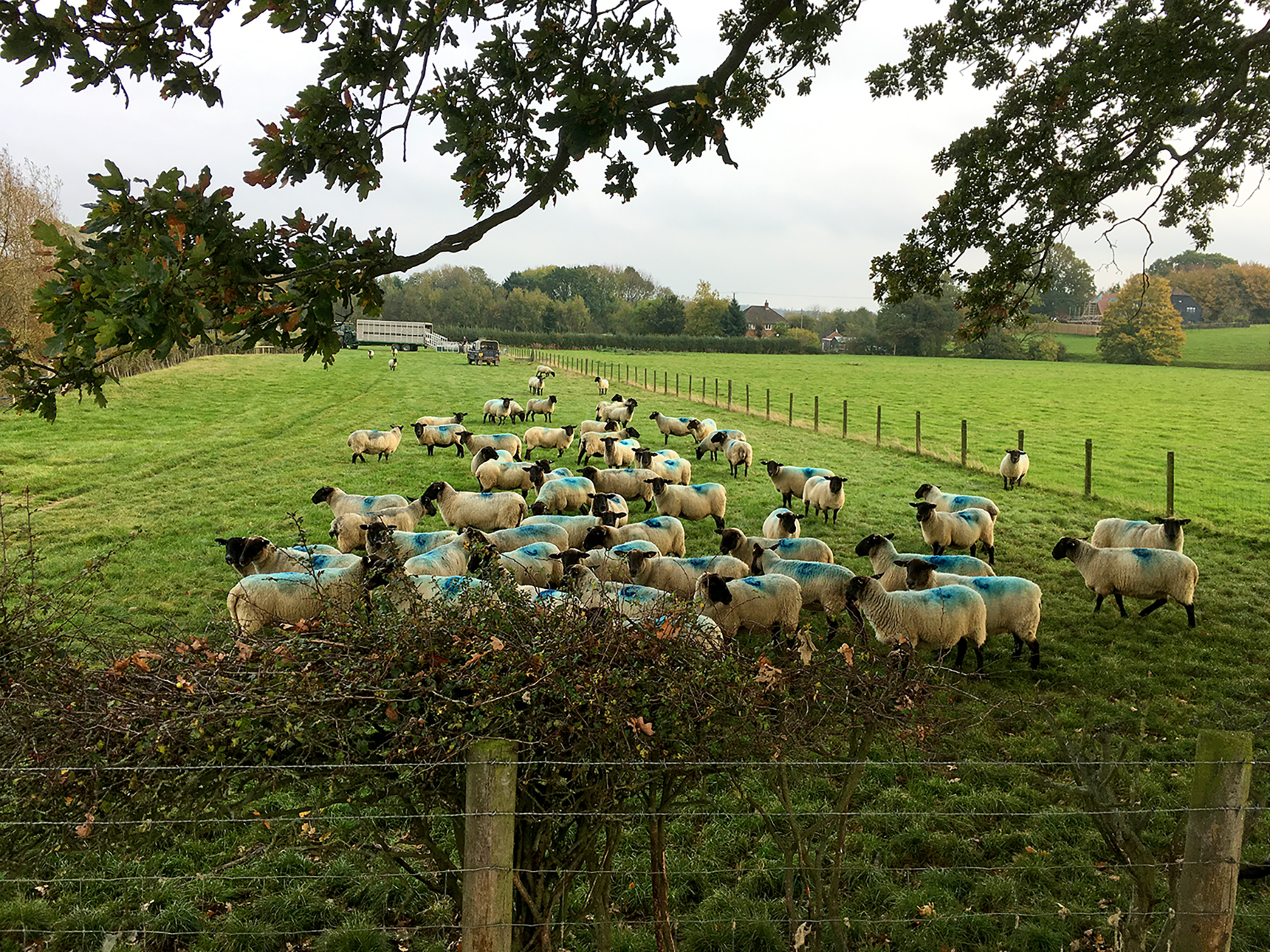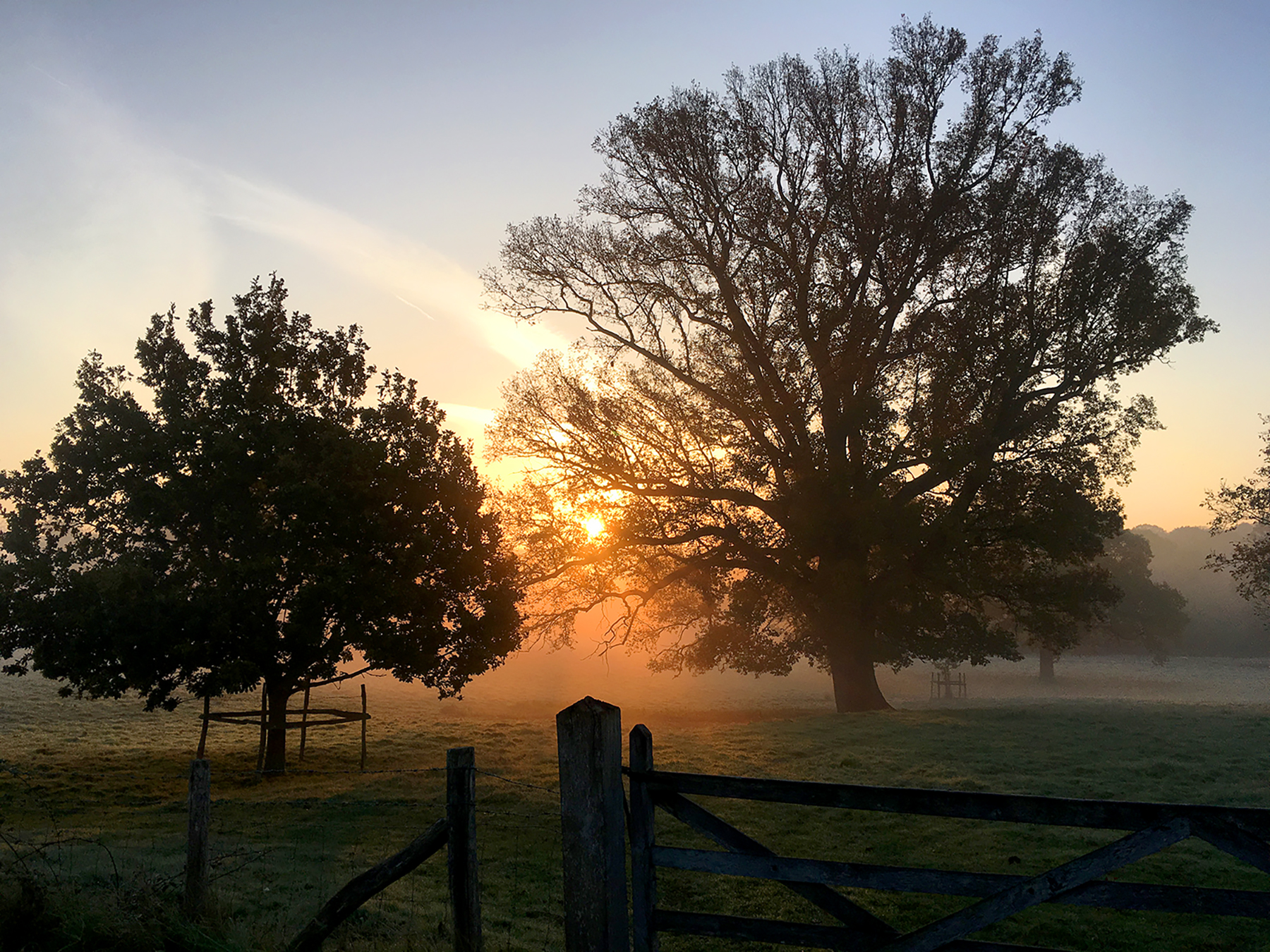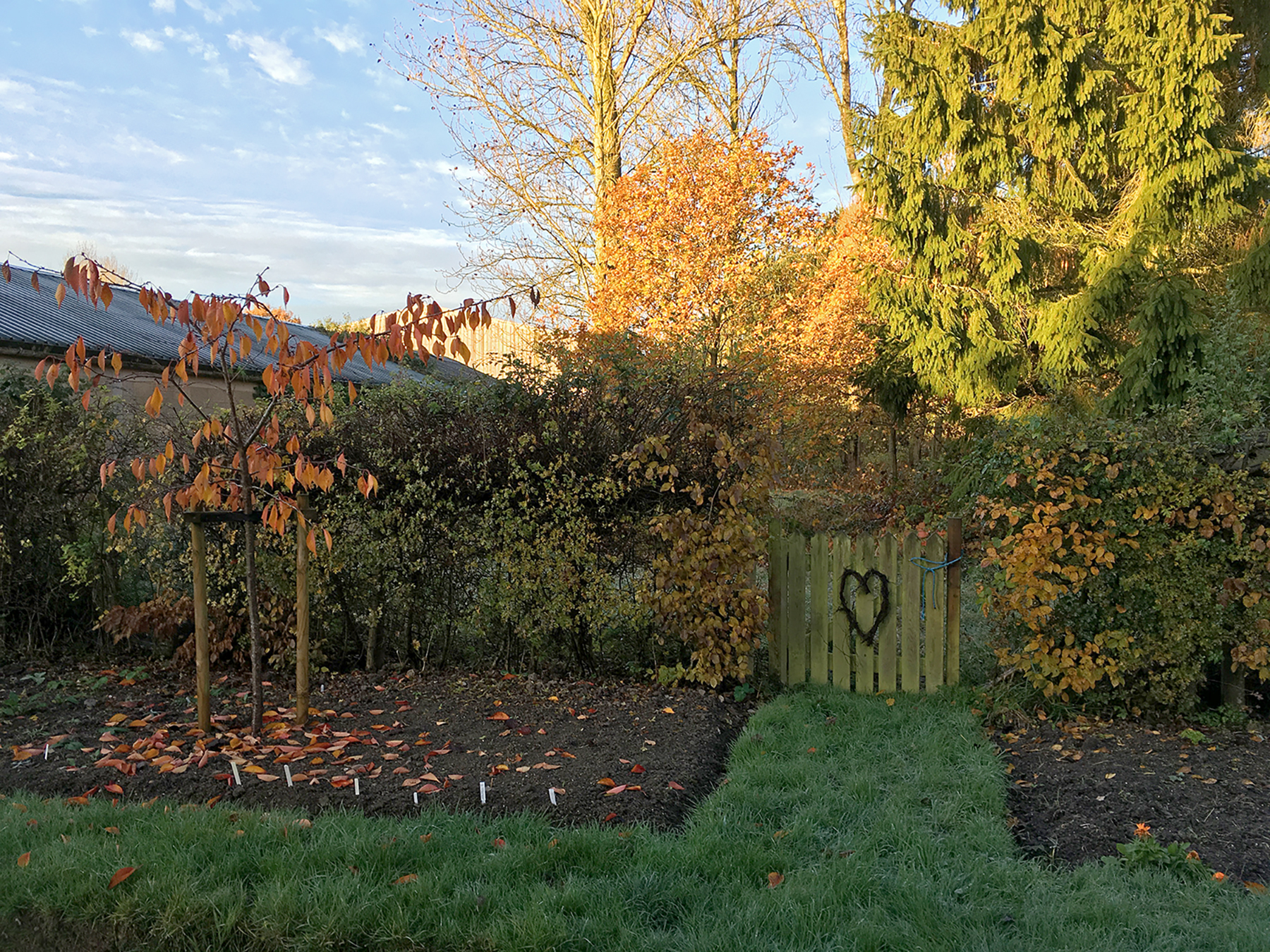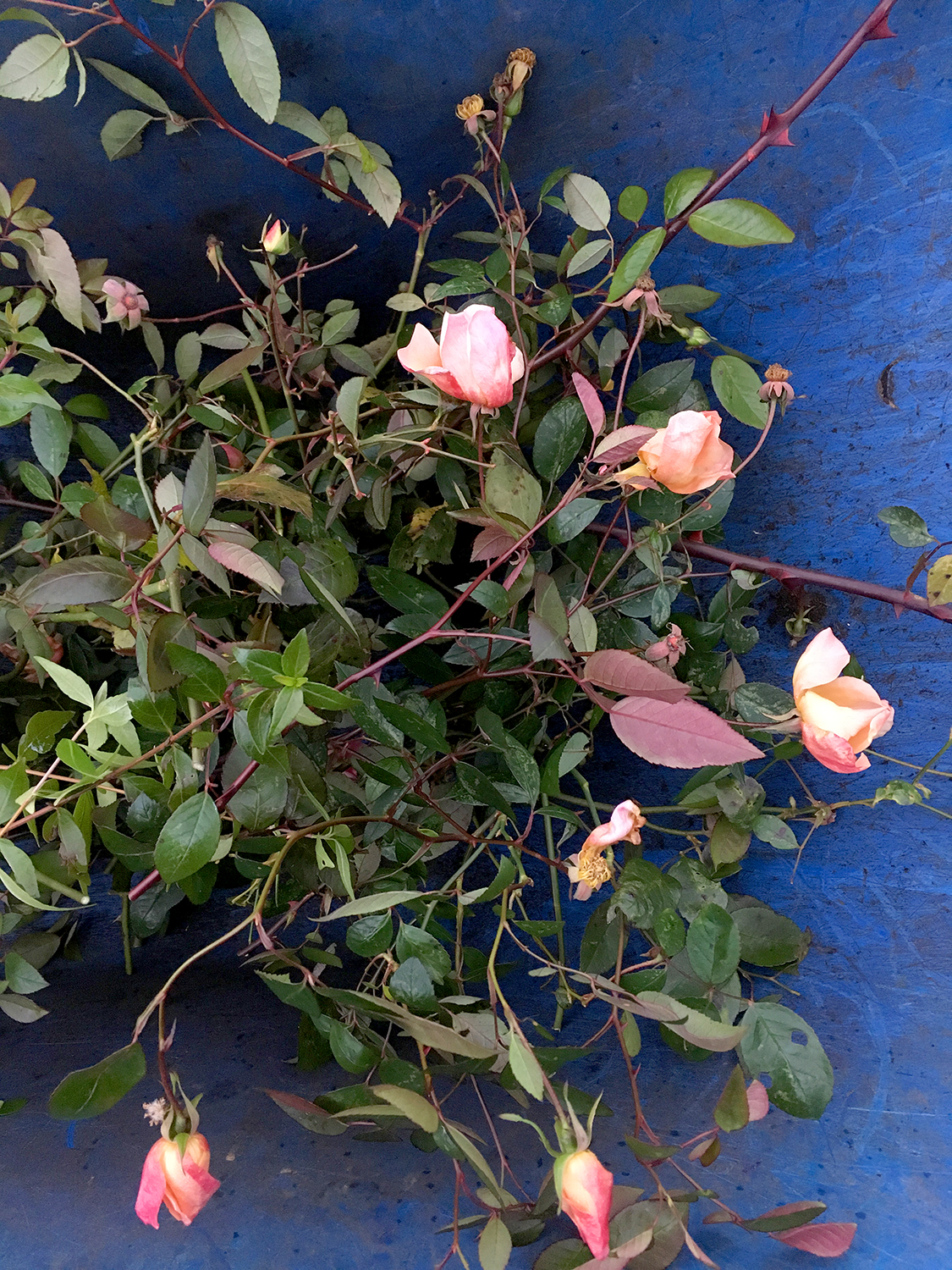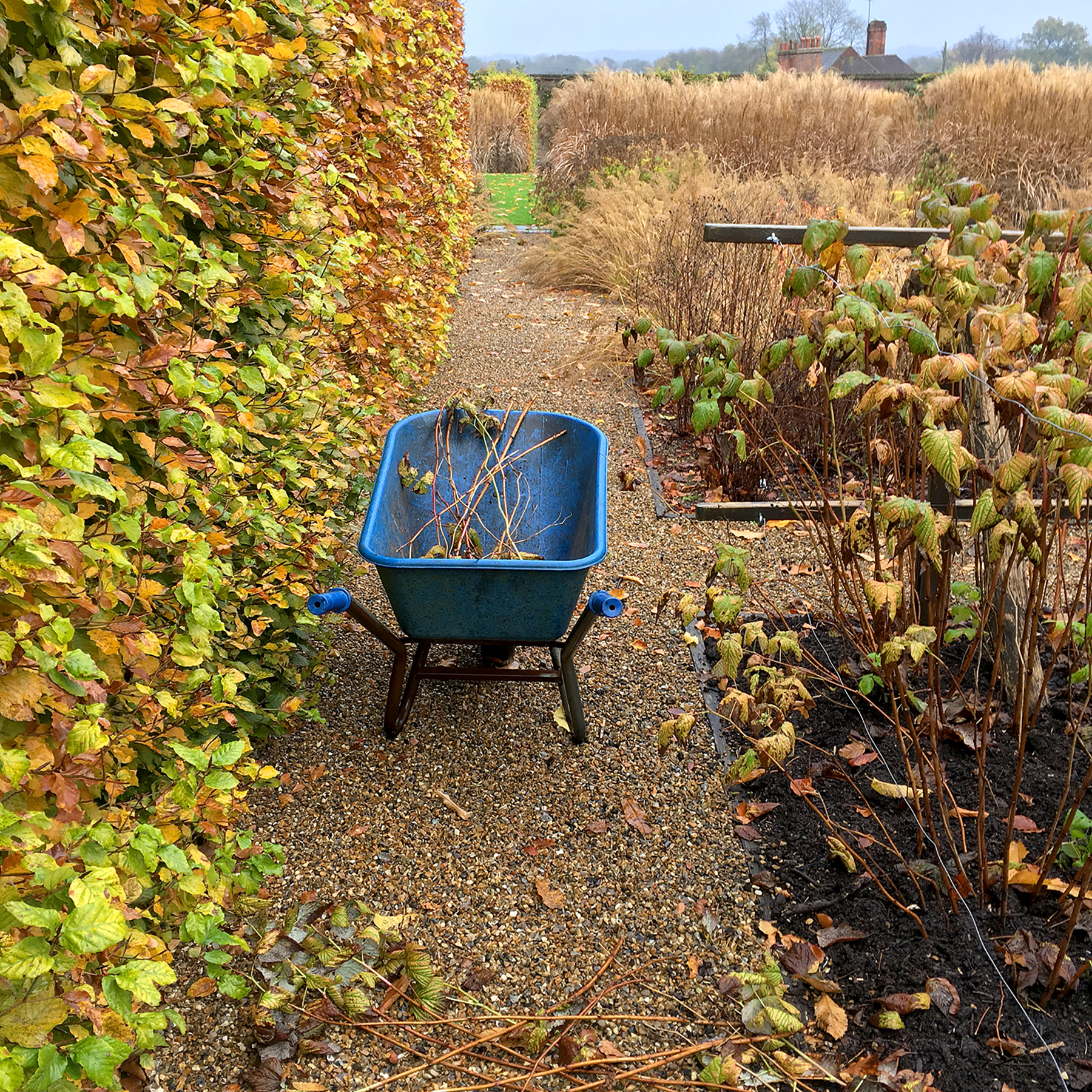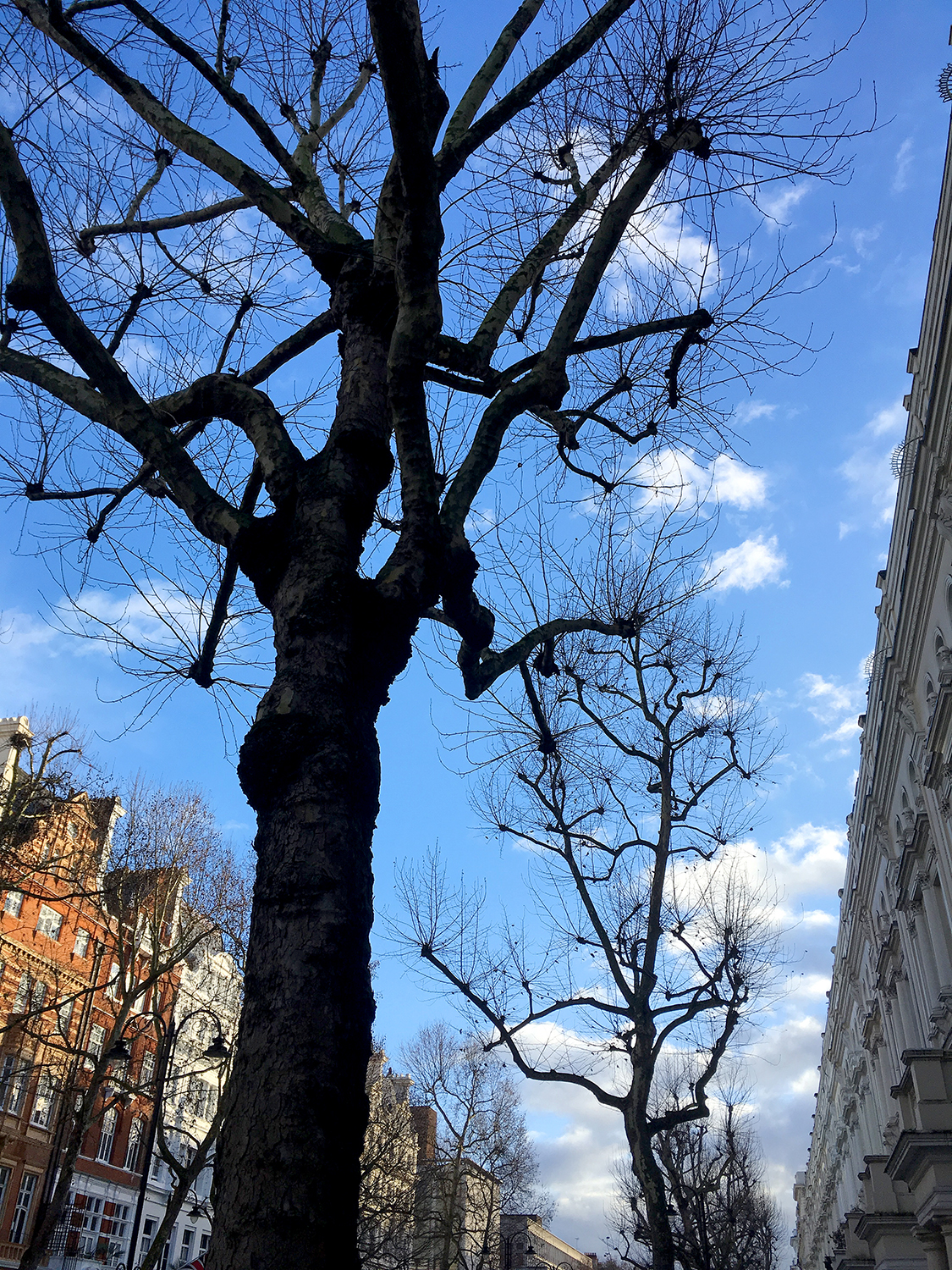On the way home from a short holiday in Bath I visited Stourhead, an iconic landscape garden in Hampshire. In the past I wouldn't have considered landscape gardens to be a style that appealed to me, but I am finding myself more and more exhausted by bitty and high-maintenance "English" style gardens, composed of herbaceous perennials, flowering shrubs, and annuals that need to be constantly fussed over and swapped in and out according to their performance, or lack thereof.
As my taste in planting style changes and morphs toward more simplicity, I find myself increasingly drawn to landscape gardens. Landscape gardens all but do away with smaller herbaceous plants and instead rely on trees, massed shrub plantings, and lawns. Stourhead, a 2,650-acre Arcadian fantasy in Wiltshire, is an exemplary landscape garden that's well worth a visit.
The garden, which first opened in the 1740s, was designed by a series of men in the Hoare family who made their money in banking. Between 1741 and 1780 Henry Hoare II dammed a stream to create a lake in the bottom of a picturesque valley and then set about building a garden around it in the Italian landscape style. Greek mythology was a heavy inspiration to Hoare, who likened the journey around the lake and through the garden to Aeneas' decent into the underworld. To that end Palladian buildings are carefully sited throughout the garden to form classically composed views such as those in the paintings that were popular amongst British collectors in the 18th century. I am in awe of the mindset of these British landowners who set about to sculpt acres of their land as acts of personal expression, remembering, of course, that the actual heavy lifting was done by thousands of gardeners. The scale of such undertakings is mind-boggling but incredibly impressive.
One enters Stourhead past a standard-issue English rock pile that was the Hoare family home but is now owned and operated by the National Trust. The incredibly lackluster garden surrounding the house does nothing to set the stage for the wonder that lies just within the woodline. The first view of the garden, above, is one of the most impressive feats of horticultural theater I have ever seen. A little window in heavy forest opens to reveal the garden buildings arranged around the lake covering the valley floor. Tantalizing.
One makes ones way down the the lake along a series of paths, called The Shades, through mature woodland underplanted with cherry laurel (Prunus laurocerasus). I've never seen such a prosaic plant look so beautiful as it did at Stourhead, where its shiny green leaves reflected light and made the forest floor shimmer. Wait--I take that back: I was first impressed with cherry laurel as underplanting when I saw it at Rousham, lining the rill. Walking through the Stourhead forest was a masterclass in how to design with green, and no accident:
"The greens should be ranged together in large masses as the shades are in painting: to contrast the dark masses with light ones, and to relieve each dark mass itself with little sprinkling of lighter greens here and there."
- Henry Hoare ‘The Magnificent’
At Stourhead I especially enjoyed how views into the greater landscape, outwith the garden, were used to extend the experience. Looking out of the garden the scenes are more natural and less contrived but no less beautiful.
After descending through the woods one circles the lake on a journey that includes various temples and grottoes, all designed to manipulate the garden visitor's emotions from high to low and back again. I have to say such psychological trickery works--walking around Stourhead is as much an emotional roller-coaster as it is a visual delight. A large part of that delight is the feeling of relaxation brought on by being in a space that is so well-ordered and designed to mimic a sort of heaven on earth. Exiting the temple, below, I was struck by how perfectly the large tree, growing on an island nonetheless, was framed in the doorway. I am sure a lot has been written on exactly why such landscapes evoke these feelings in their viewers and it's something I'd like to dig into a bit more some day. But for now there is something very pleasing about this tidiness of composition: I find it very easy to visually process which in turn makes my viewing experience calming.
One aspect of Stourhead I did not find calming was how the garden was overrun with screaming children and their parents who were just as obnoxious. This is a problem I've increasingly noticed as I've visited more gardens in the south of England, particularly at National Trust properties such as Stourhead and RHS gardens such as Wisley. I get the sense that people buy memberships to gain access to what they regard as playgrounds for their little heathens, which they then let run wild without any consideration for the plants, landscape features or the people who visit gardens to find a moment of quiet reflection. I know gardens need to attract visitors in order to stay open, but I wish they could address this problem by creating "quiet" or "adults only" hours for those of us who want to enjoy the experience without a soundtrack of shrieking children. As much as I would like it, I am sure it's too much to hope that they all invoke the rule at Rousham--no children allowed.
Despite a heavily overcast day, the classic Stourhead view, below, still impressed. I'd like to return again some day soon, ideally on a weekday after the school holidays are over, and with a proper camera to get to know this garden better. I have the feeling I can learn a lot from it and look forward to the journey.
